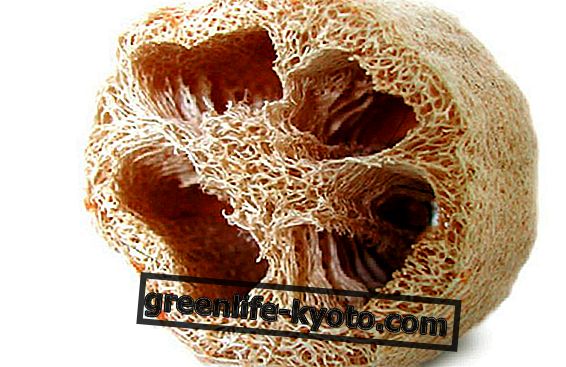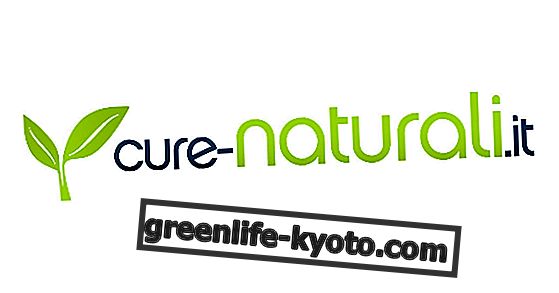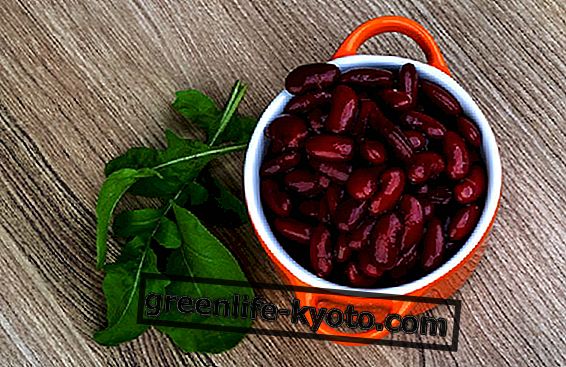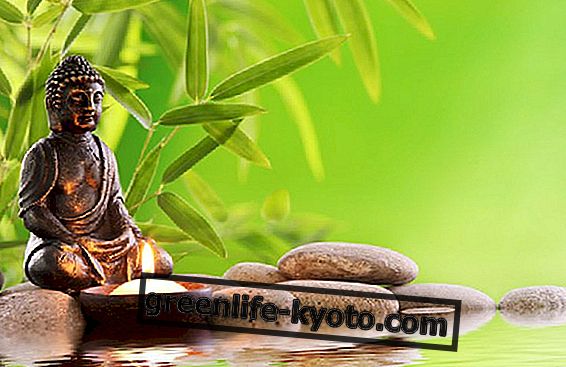
According to Ayurveda, the universe and the human being (miniature model of the universe) are integral parts made up of 5 fundamental elements: Ether, Air, Water, Fire and Earth.
The properties of the elements are important for understanding the balance and imbalance of the human body.
The Earth represents the solid state of matter; shows stability, fixity and rigidity. We see around us the rocks and the soil that resist the erosion of water and wind. The body also manifests this structure of earth / solid state: bones, cells and tissues. The earth is considered a stable element.
Water characterizes change. In the outside world we see the water moving in clouds / condensation / rain evaporation cycles. In the body the blood, the lymph and the other body fluids move between the cells and in the vessels bringing energy, taking away the waste substances and regulating the temperature. Water is considered a substance without stability.
Fire is the power to transform solids into liquids, into gas and vice versa. The heat of the sun melts the ice in water which under its influence becomes steam. Inside the body there is fire (energy) that converts food into fat, muscle and energy. Fire is considered a form without substance.
Air is the gaseous form of matter, it is soft and dynamic. We do not see the air blowing but we can feel it. In the body we feel the air that enters the nostrils. Inside the body the air (oxygen) is the basis of every energy transfer reaction, namely oxidation. It is a key element to make the fire burn. Air is existence without form.
The Ether is the space where everything happens. Ether is only the distance that separates matter.
The Three Doshas
The elements combining together form three bio-energies called Doshas. Dosha means "what changes" because the Doshas constantly move in a dynamic equilibrium between them. They are found only in the forms of animated life and their dynamism is what makes life possible.
The Dosha Vata consists of the ether and air elements.
In the body air is movement, it acts as a conductor of impulses, such as those from the sense organs to the brain and vice versa. Vata controls the expulsion of faeces, urine, sweat, menstrual flow, seminal fluid and the fetus. It also controls respiratory, cardiac and gastrointestinal movements.
The Dosha Pitta consists of the elements fire and water.
These two apparently antagonistic forces represent transformation. Pitta controls metabolic activities and is responsible for all secretions of the gastrointestinal tract, enzymes and hormones. Control body temperature, hunger, thirst, fear, anxiety, anger and sexual desire. Pitta is also responsible for courage, willpower and the assimilation of knowledge.
The Dosha Kapha consists of the earth and water elements.
Kapha is structure and lubrication. It is responsible for the growth of the body. It prevents the destruction of tissues by wear, preserving the strength and immunity of the body. The faculties of reproduction, happiness and the correct retention of knowledge depend on the proper functioning of Kapha.
Radha Grecu













